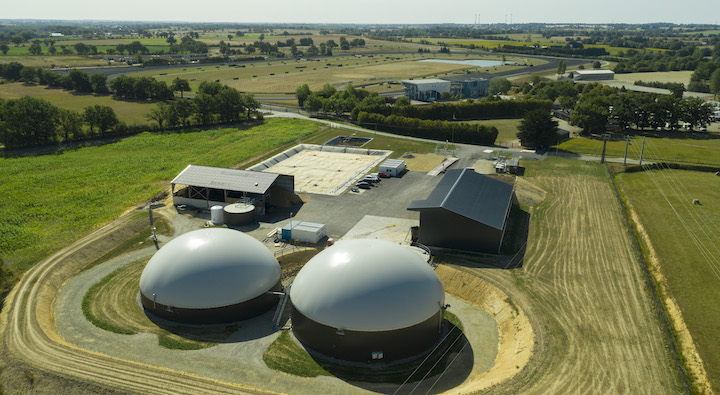You seem to know the area well.sicetaitsimple wrote:As long as we remain in an economic scheme of the "effluent treatment" type, manure, slurry, various waste from the agro-food industry, crop residues, .., which is now more or less the case in France, that does not pose a problem from my point of view. It "costs" money to the community overall, but it is the price to pay to eliminate / enhance our waste. There is no more synthetic fertilizer used, to answer your question.
It actually becomes very different as soon as we start to grow plants (including the German "model" corn) to put it in the oven directly after grinding in methanizers .... There we are no longer in a "treatment" scheme effluents ".
It should be noted that Germany has almost eliminated electricity purchase rates for new biogas projects, which is a sign that they have certainly gone too far.
Soils of conventional agriculture are generally lacking organic matter. Except for intensive farming areas, manure and slurry must return to enrich humus soils.
The disgestats, having lost all their energy, have the same effect as the synthetic fertilizer by destroying the humus of the soil. This requires delicate management, or farmers' reserves.
What exactly do they do with 35% of CO2 biogas extracts? It is about food CO2, but in the end, it must end well in the atmosphere?







